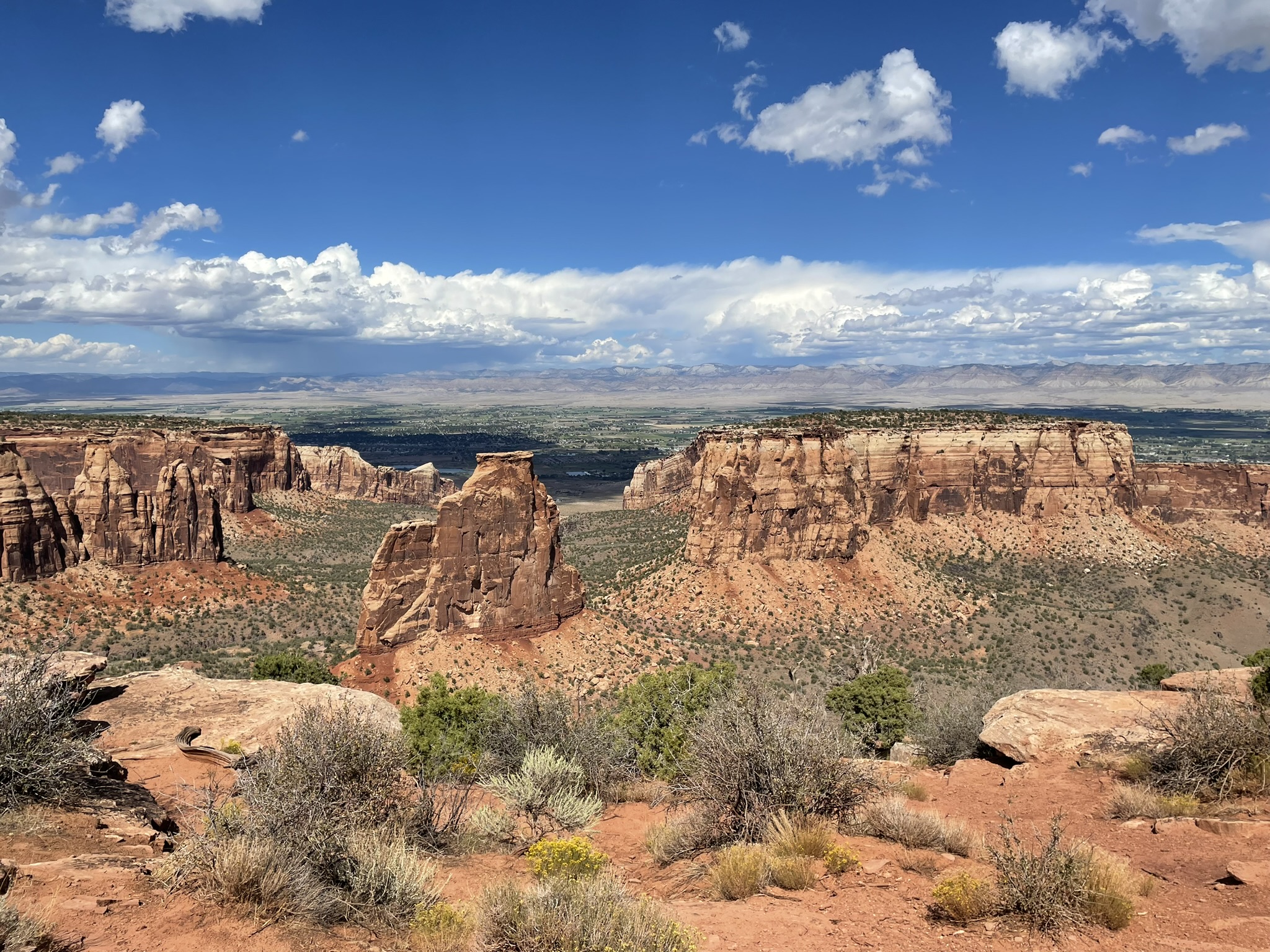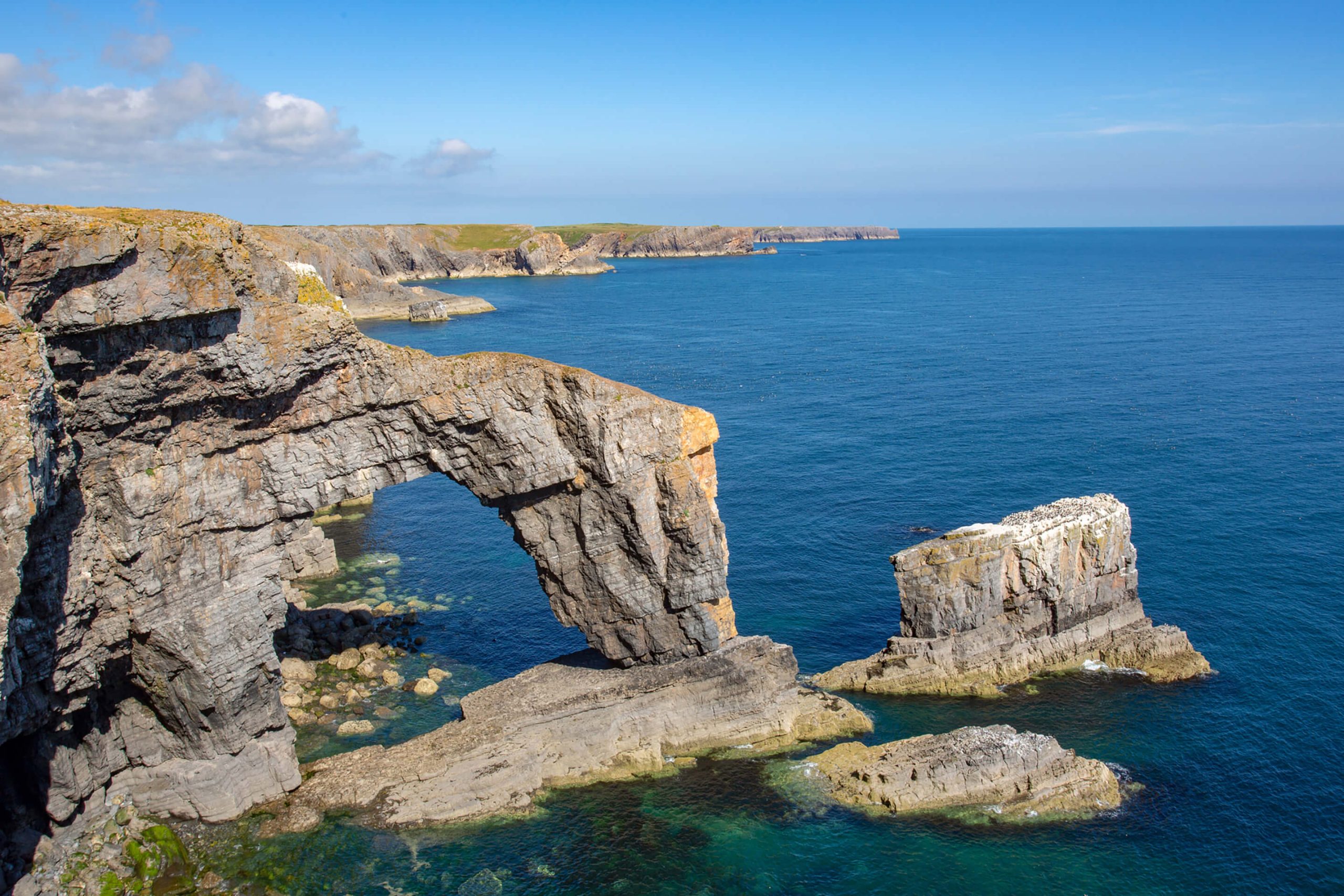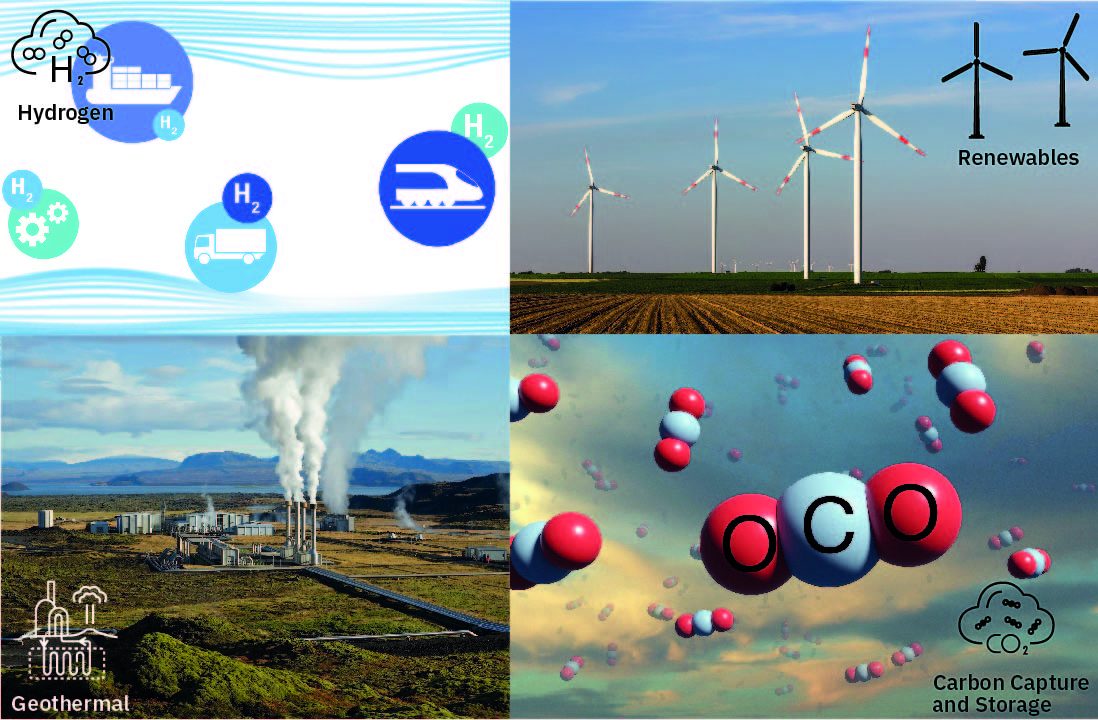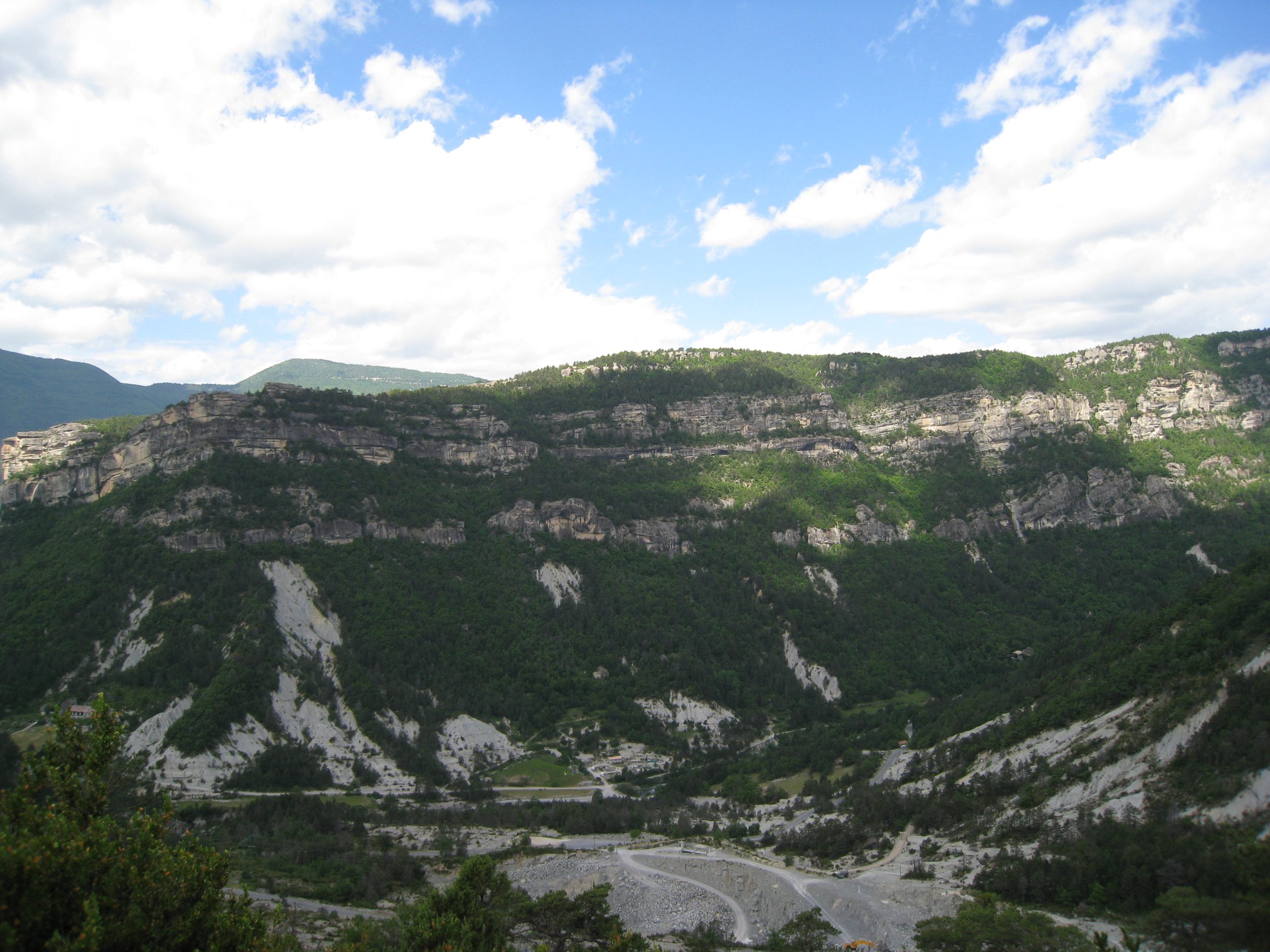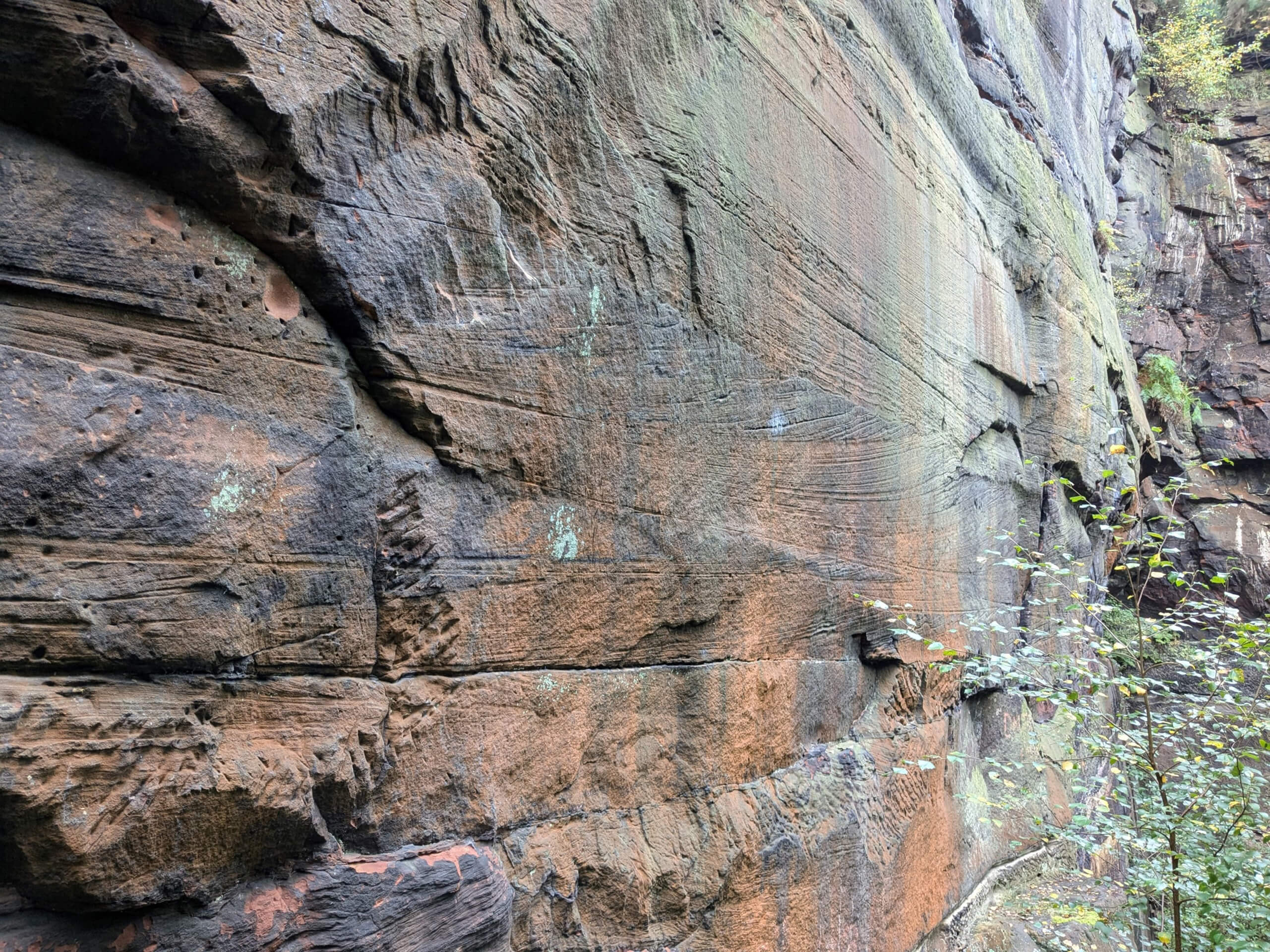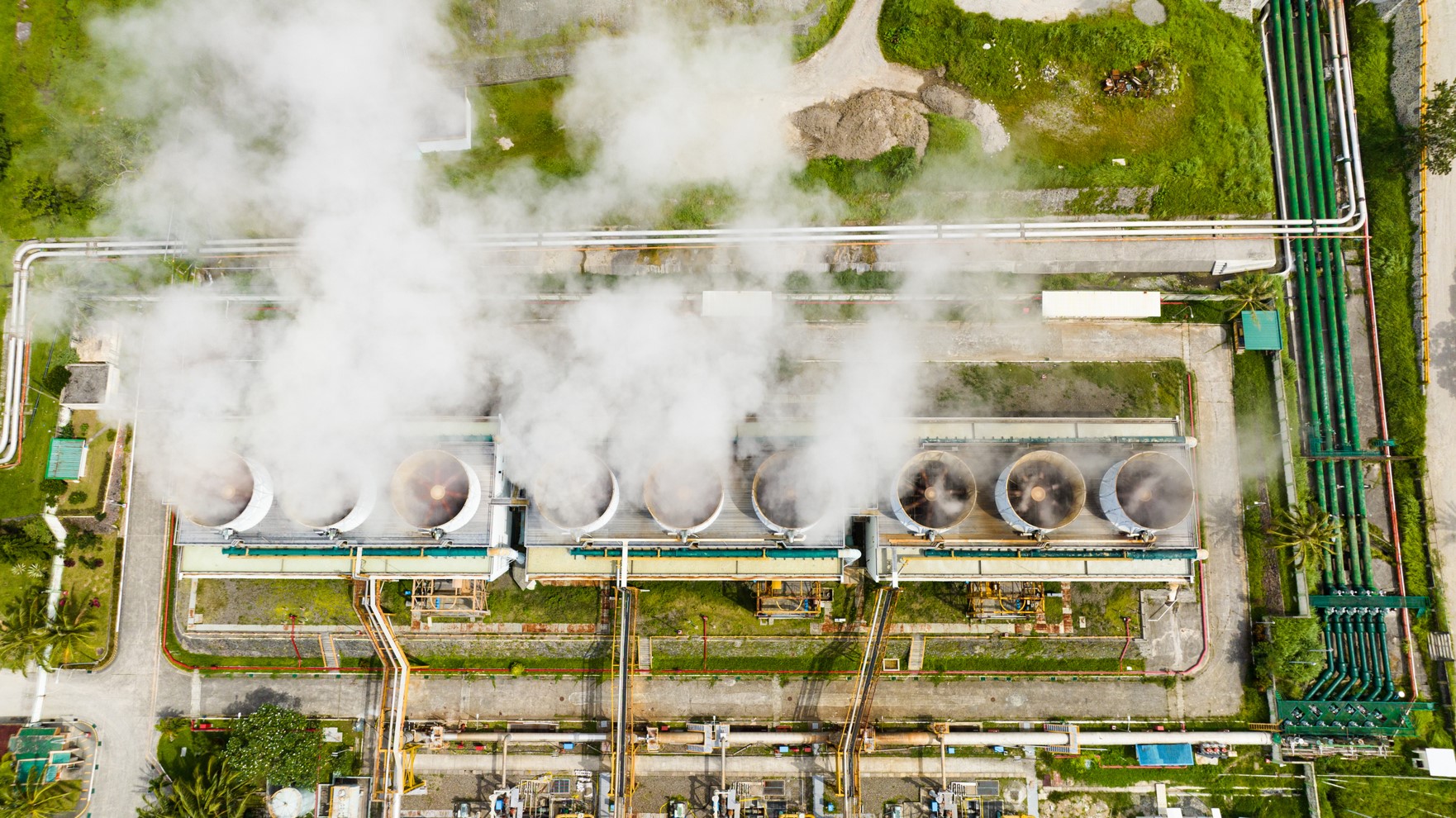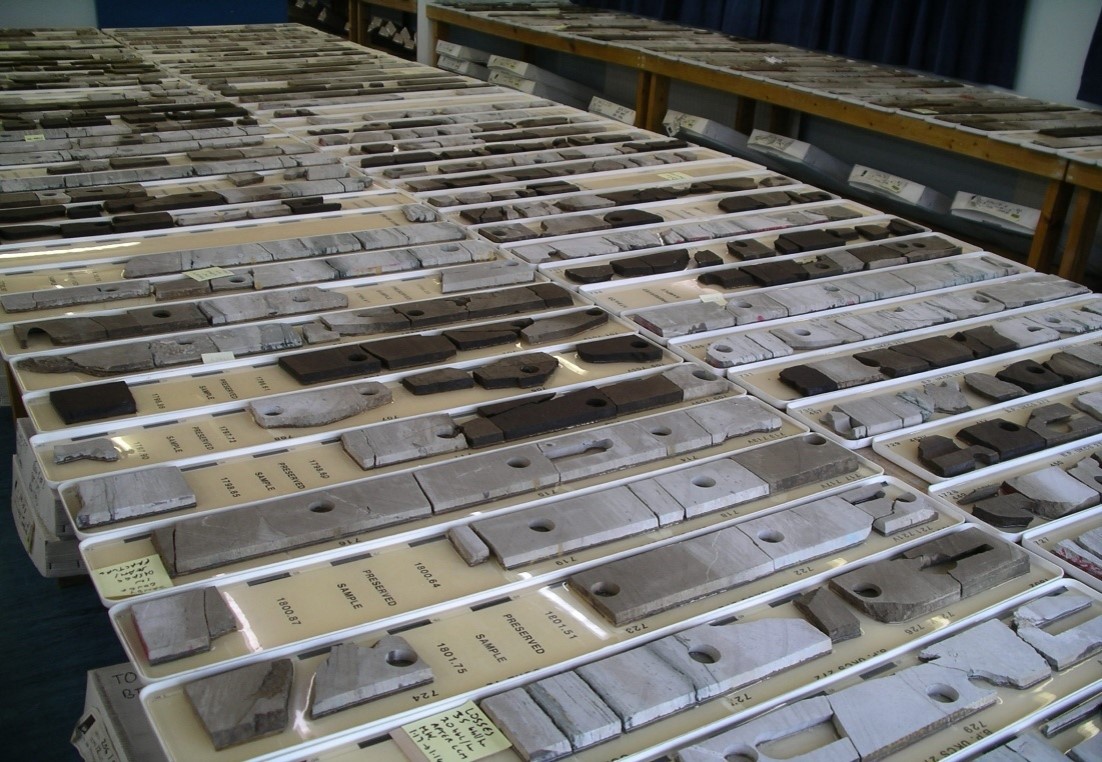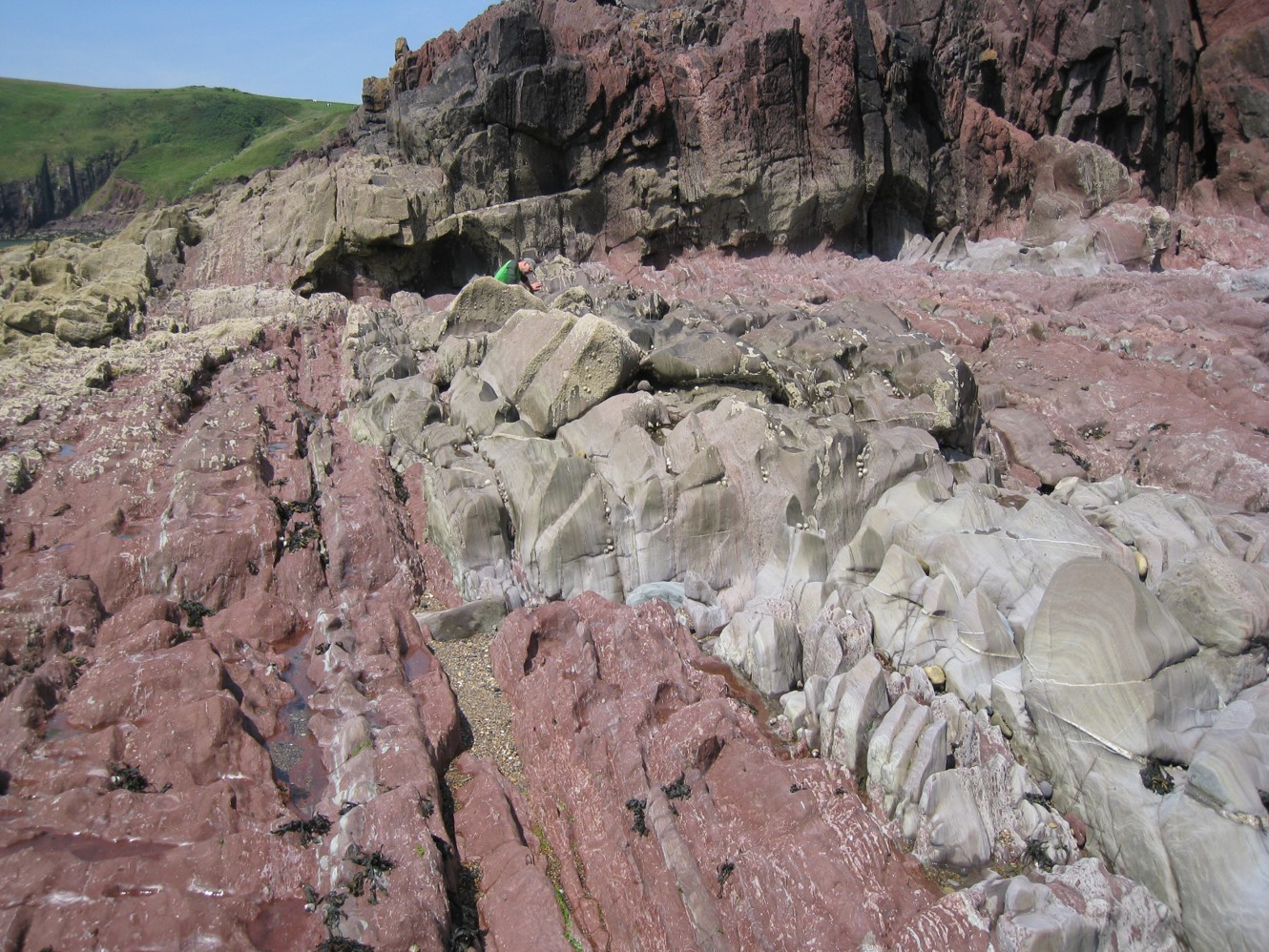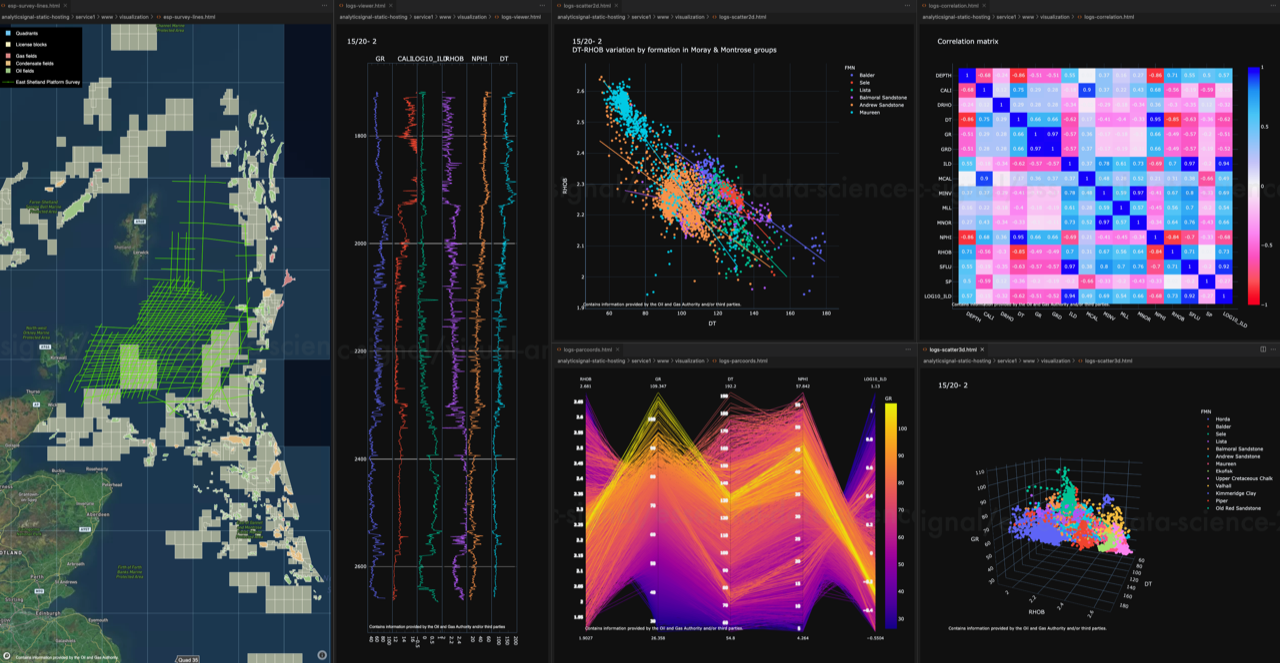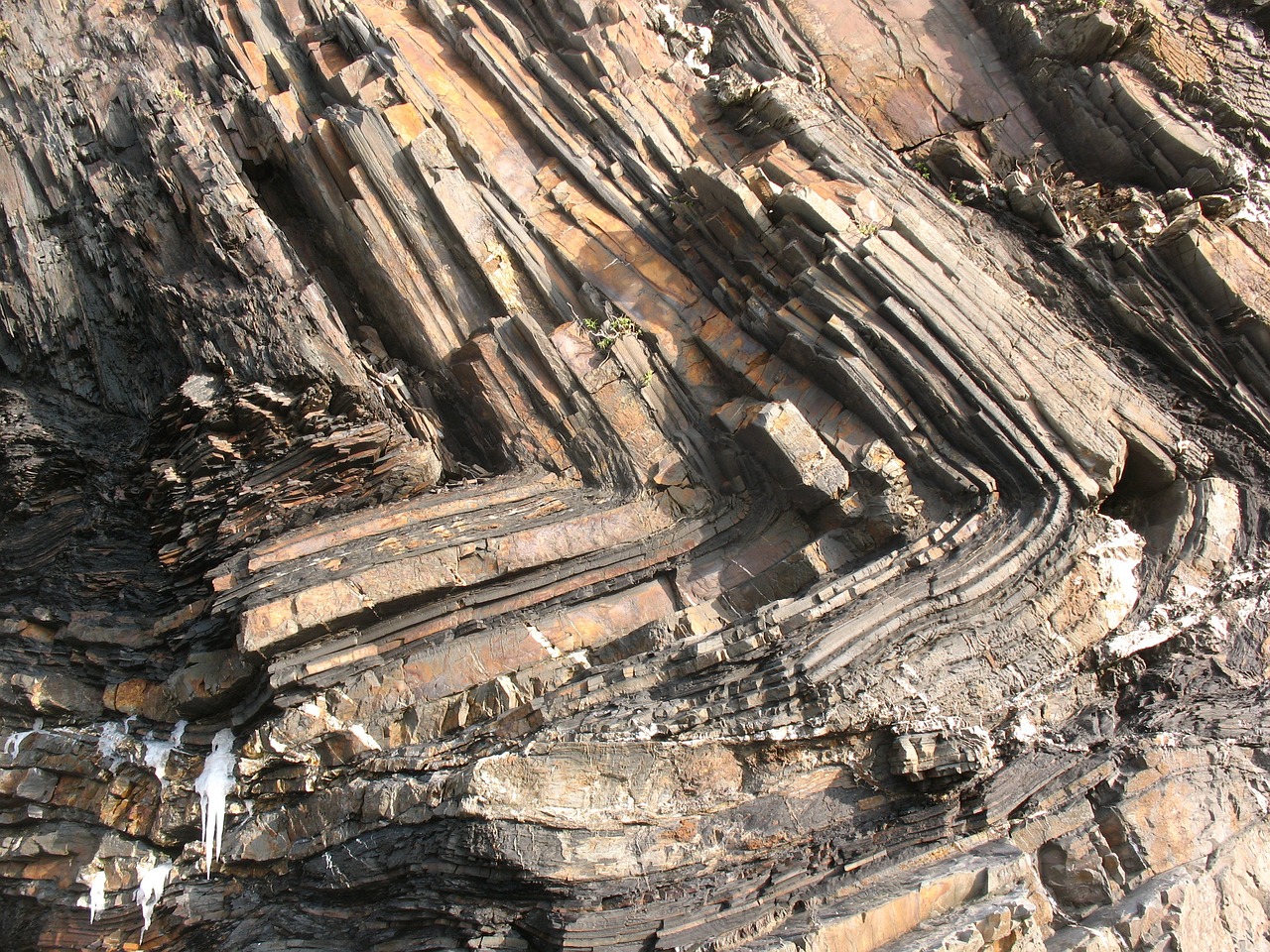Tutor(s)
Alex Bump: Research Science Associate, University of Texas at Austin.
Michael Sweet: Co-Director and Research Scientist, University of Texas at Austin.
Overview
Using outcrops from the Cretaceous and Jurassic of Utah, this course will analyze some of the major subsurface challenges facing the storage of CO2 in subsurface formations, with particular reference to the planned Oligo-Miocene carbon stores on the Gulf Coast. It is intended to give participants the opportunity to consider the key factors of injectivity, capacity and confinement, and the range of storage play concepts available to match project needs with practically accessible storage sites. The course will explore the impact of multi-scale reservoir heterogeneity on migration and trapping of CO2, the propagation and dissipation of pressure, and the risks of unintended lateral or vertical migration of CO2 and/or displaced brine. We will also look specifically at boundary conditions and potential leakage paths, including faults and wells, using a variety of outcrops as a natural laboratory to facilitate the learning points.
Duration and Logistics
A 6-day field course comprising a mix of field activities with classroom lecture sessions and discussions. Transport will be by minivan or bus.
Level and Audience
Intermediate. This course is intended for geoscience and engineering professionals working in, or soon to transfer to, CCS projects.
Exertion Level
This class requires a MODERATE exertion level. There will be some short hikes to outcrops with some of these over uneven and rocky ground. The climate in southern Utah during the spring and fall is variable, with temperatures from 50°F (10°C) to 100°F (38°C). The elevation is between 4,000 and 5,000 feet (1200 and 1500 meters).
Objectives
You will learn to:
- Describe the subsurface requirements for a successful storage project, including similarities and differences with oil and gas exploration.
- Illustrate the CCS reservoir details of proposed Gulf Coast carbon stores and the state-of-play of these projects.
- Characterize the main depositional features that influence reservoir properties and CCS reservoir development, as well as likely performance, with special reference to clastic coastal/shallow marine depositional systems.
- Gauge fluid transport parameters, including the impact of geological heterogeneity and permeability on CO2 injection and plume migration.
- Evaluate sustainable injection rates for different carbon stores, including pressure propagation and interference, and factors such as loss of injectivity and pressure build-up.
- Manage containment risks with respect to both structural and depositional heterogeneities.
- Validate models for plume migration and integrate the key uncertainties.

